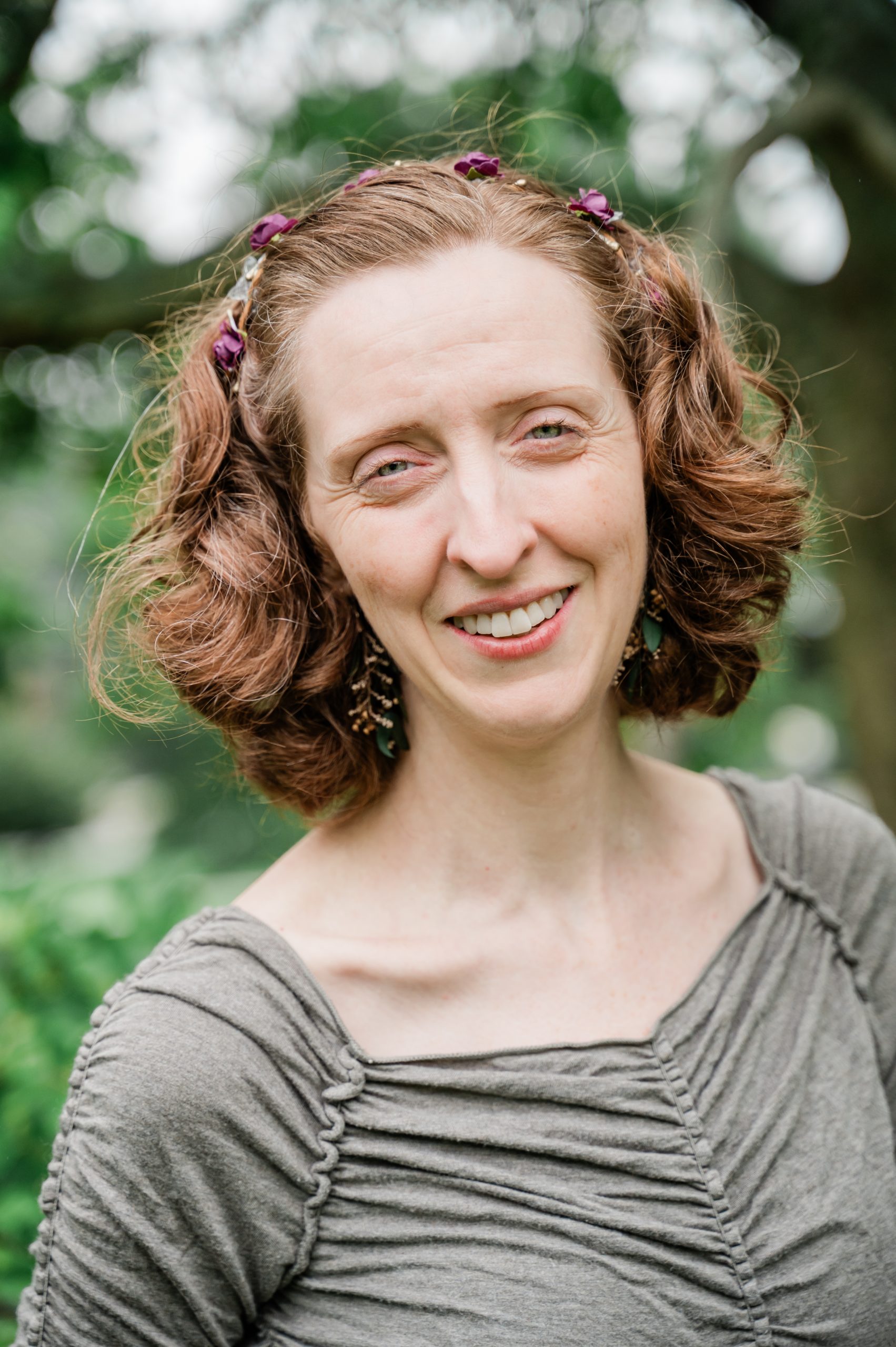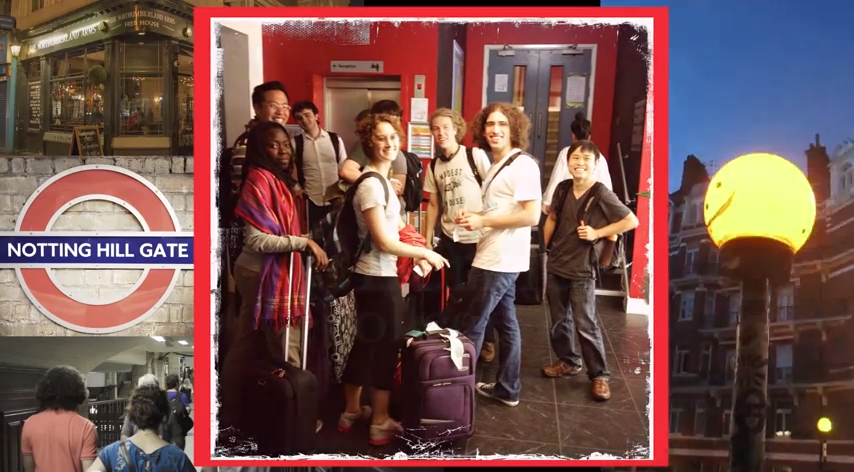This piece was commissioned by my wonderful colleagues in the Music Production & Engineering Department at Berklee College of Music. They took several of their best students to London, England in the summer of 2013 to meet with producers, engineers, and musicians in professional sessions at Abbey Road and British Grove Studios. A really fantastic project, sponsored by the Wayne Wadhams memorial fund. I was given quite a bit of liberty about how to present this piece, which is good because I don’t think we could have done a good job presenting it as a more traditional documentary style. I used this sort of “music video” format to wrangle some sense of order into a lot of chaotic raw material.
Technical challenges abounded in this project. The footage was captured with a variety of sources: GoPro cameras, which gave a surprisingly nice picture quality and an interesting wide-lens effect; iPhones and other phone cameras; Nikon and other DSLR cameras. Needless to say, there was no matched quality between any of these sources. Some of it was at 1080p, some at 740. I made an early decision to stay at higher resolution, and completely cut the 740 footage, even though it meant sacrificing a few good shots. There was also the problem of encoding; the DSLR footage had to be imported and transferred clip by clip, the GoPro was in a ProRes format, the iPhone footage in .mp4, other footage was .mov format. FCP 7 is very particular about mixed media, and needs all the files to be re-encoded to be in the same sequence. This infinite re-rendering quickly becomes all-consuming, time-wise and processor speed-wise.
The ISO, color, and lighting was not even similar between most of the sources. I was able to color correct to some degree to provide a slightly more coherent look, and tried to balance out when we see the shots from each source to provide some continuity. But the interior of a recording studio is generally low light, and this didn’t always come out looking too clear. The GoPros surprisingly handled the low light pretty well – overall dark picture, but not grainy. Most of the footage was handheld, and too shaky to be watchable. More than once I wished that I had been able to go along to shoot the videos the way I’d like to see them – I had to search through many hours of footage to get to shots that would tell the story we needed.
One of the more interesting (ok, interpret as “Frustrating”) discoveries was that, even though everything was supposedly playing back at 29.97, the GoPro video speed – synced to the final audio and to other video clips – seemed to lag considerably after just a few seconds. This meant that instead of just syncing it once at the beginning of a take, I had to constantly re-adjust and pull it into place at every cut. I also had to slow other clips down to match it in some cases.
The audio was also of mixed quality – it seemed that if a snippet of audio was good, the accompanying picture was bad, and vice-versa. I was given final mixes for 4 songs, 2 recorded in each studio with their differing performers and production teams. I chose two of them that I thought were particularly catchy, and edited them down to about half length. (I am proud of the seamless edits here… completely invisible!) Between all of these factors, I decided that the best way to present this story was as a montage. The montage, with cuts timed to the music, gives us a feel for how the students were really able to engage in a hands-on educational opportunity with highly-regarded industry leaders. I was also excited to use After Effects for a little motion graphics work at the beginning, lower thirds, and end credits of this piece. After the headaches of dealing with the live video footage, some nice controlled graphics was a welcome part of the project!


Leave a Reply
You must be logged in to post a comment.